How will SpaceX transport the BFR?
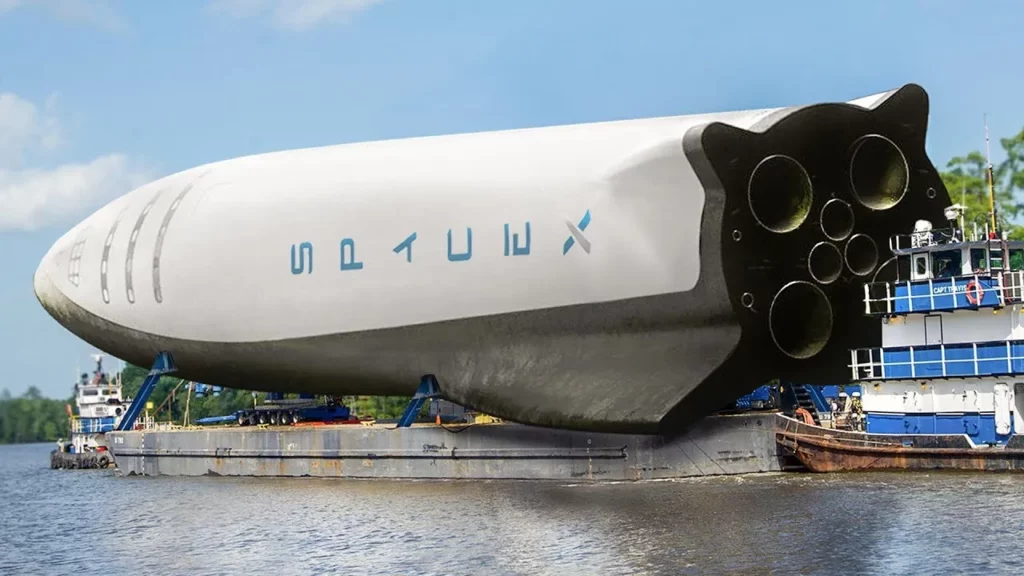
The lesson discusses SpaceX’s plans for transporting the BFR rocket, which is significantly larger than previous rockets like the Falcon 9. Due to its size, the BFR cannot be moved by traditional means such as road or rail; instead, it will be transported by sea from its manufacturing site in California to Cape Canaveral, Florida, following a route similar to that used for the Saturn V rocket during the Apollo missions. The lesson highlights the logistical challenges involved in moving such large components and emphasizes the innovative approaches SpaceX is taking to advance space exploration.
What will SpaceX do when they get to Mars?
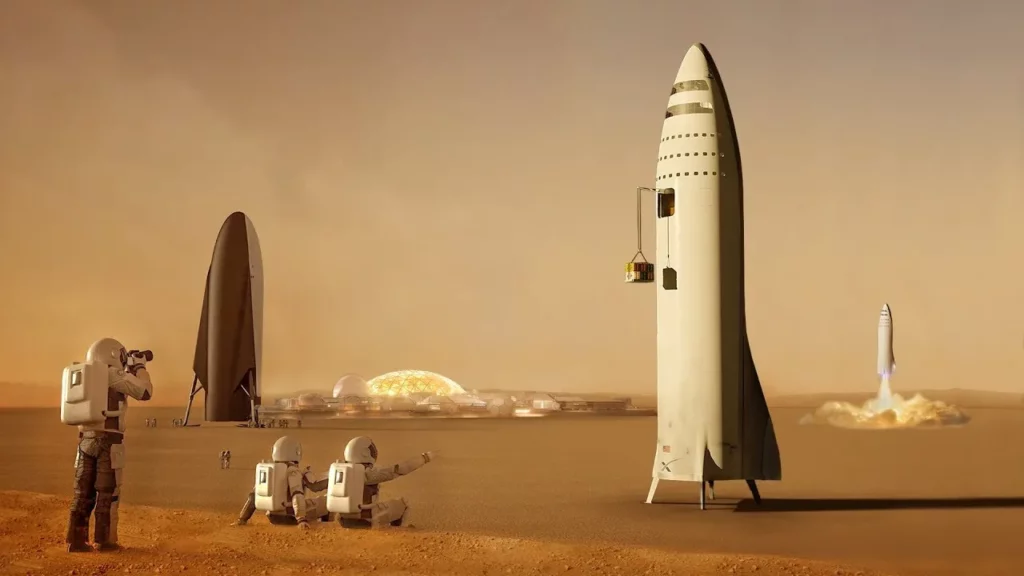
SpaceX aims to send humans to Mars by 2024, with plans for a permanent colony rather than short visits like those to the moon. Before the astronauts arrive, essential resources such as water and power will be established through uncrewed missions that will set up a propellant plant and other necessary systems. Once on Mars, the astronauts will focus on building a base, ensuring food supply, and exploring the planet, all while tackling significant engineering challenges ahead.
Why doesn’t the sound of a rocket launch kill you?
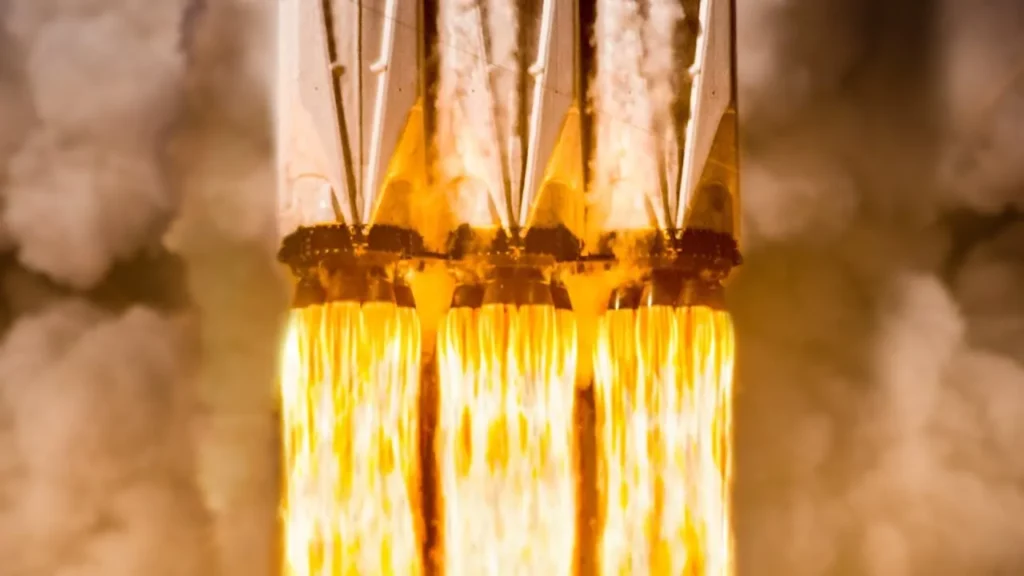
The lesson explains why the sound generated by rocket launches, which can reach levels as high as 220 decibels, does not harm people nearby. Space agencies like NASA use innovative methods, such as dumping large amounts of water onto the launch pad to absorb sound waves and prevent damage to both the rocket and surrounding structures. Additionally, different approaches, such as flame trenches used in Russia, demonstrate how engineers creatively address the challenges posed by rocket noise.
Could SpaceX’s Starship replace traditional airliners?
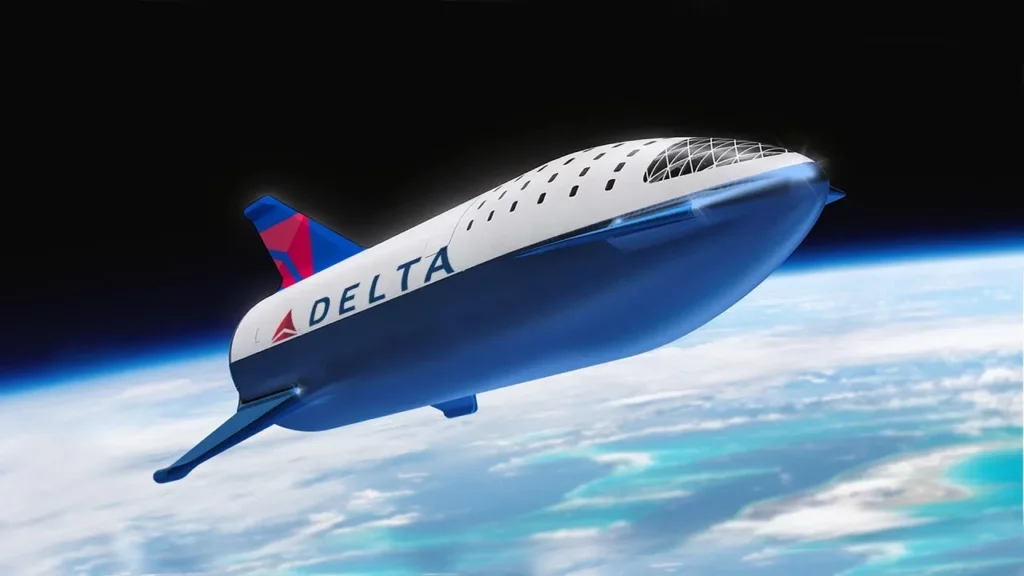
The lesson explores the potential of SpaceX’s Starship, specifically the Big Falcon Rocket (BFR), to revolutionize global travel by significantly reducing flight times compared to traditional airliners. While the concept promises rapid Earth-to-Earth travel, it faces substantial challenges, including safety standards, economic viability, and regulatory approval, as well as considerations for passenger comfort and accessibility. The discussion highlights the historical context of aviation advancements and invites reflection on the future of transportation.
Why do some rocket launches look like this?
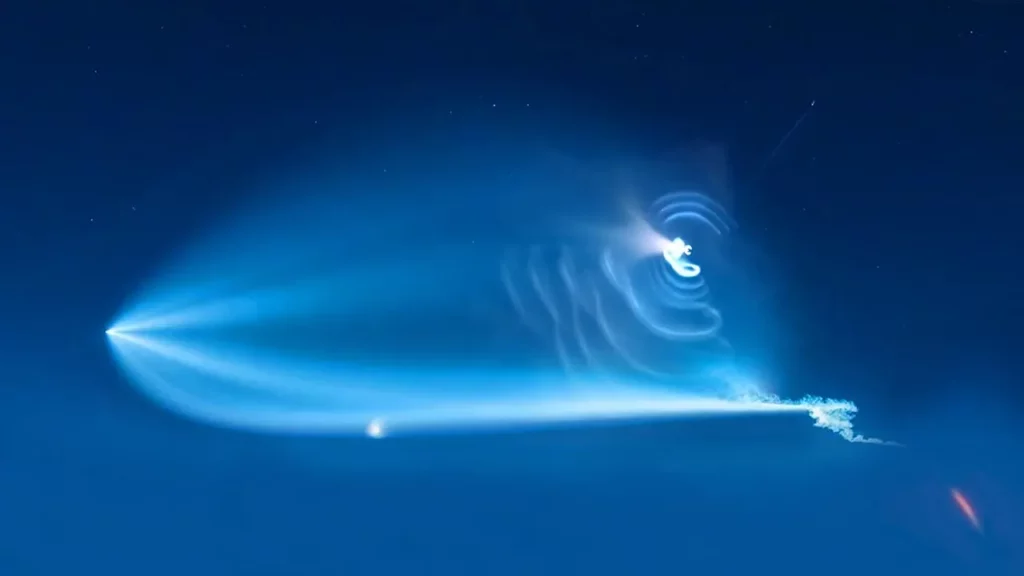
The lesson explains the phenomenon known as the Twilight Effect, which occurs during certain rocket launches, particularly when they take place shortly before sunrise or after sunset. This effect creates a stunning visual display as the rocket’s exhaust plume is illuminated by sunlight while the surrounding environment remains dark, resulting in vibrant colors and unique shapes. Although rare, these launches offer a spectacular reminder of the beauty of space exploration and the wonders of our planet.
Will the SpaceX Starship fail like the Space Shuttle?
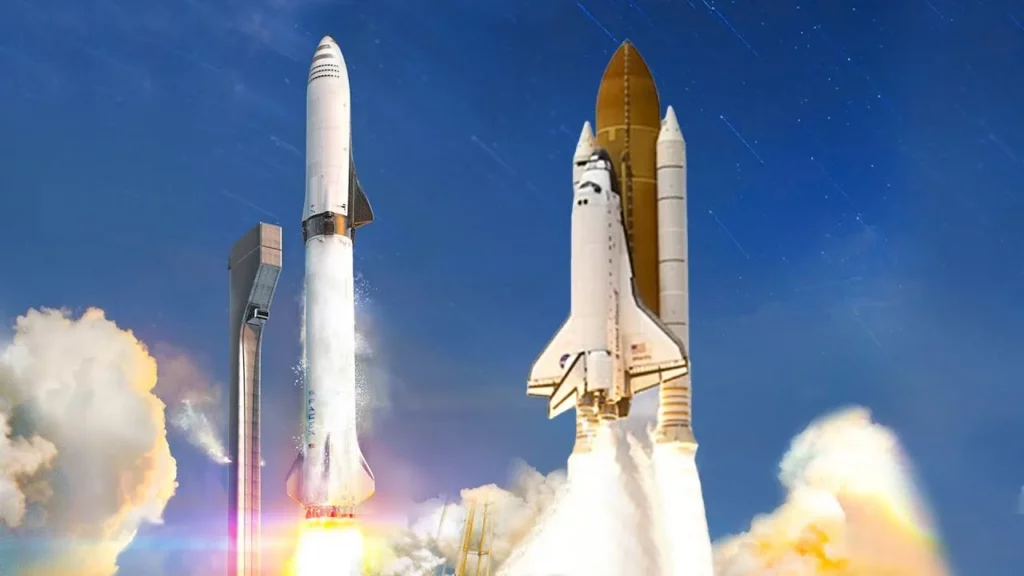
The lesson compares the Space Shuttle program with SpaceX’s new Big Falcon Rocket (BFR), highlighting the challenges faced by the Shuttle, such as high costs, lengthy turnaround times, and safety issues. SpaceX aims to improve upon these shortcomings by focusing on rapid reusability, in-house manufacturing, and a commitment to safety, suggesting that the BFR could represent a significant advancement in affordable space travel. Ultimately, while there are parallels to the past, SpaceX’s approach may lead to more successful outcomes in the future.
How far can Voyager 1 go before we lose contact?
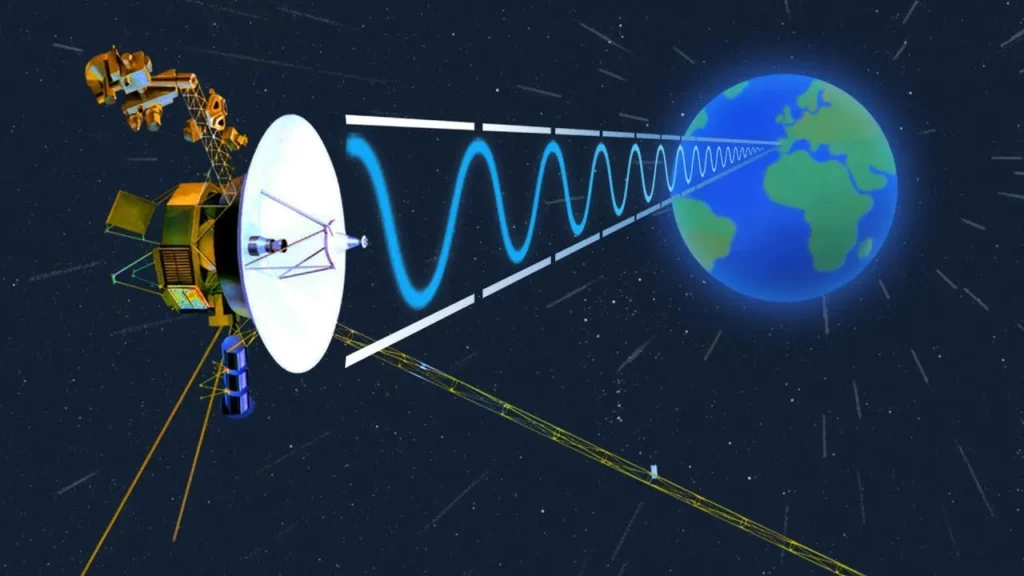
The lesson discusses the journey and communication capabilities of Voyager 1, the farthest human-made object from Earth, launched by NASA in 1977. It explains how data is transmitted over vast distances using powerful signals and the Deep Space Network, while highlighting the challenges posed by the spacecraft’s diminishing power and the increasing time delays in communication. Ultimately, Voyager 1 will cease operations in about eight years, marking the end of an era, but its contributions to our understanding of the cosmos will endure.
Who names the places on the Moon?
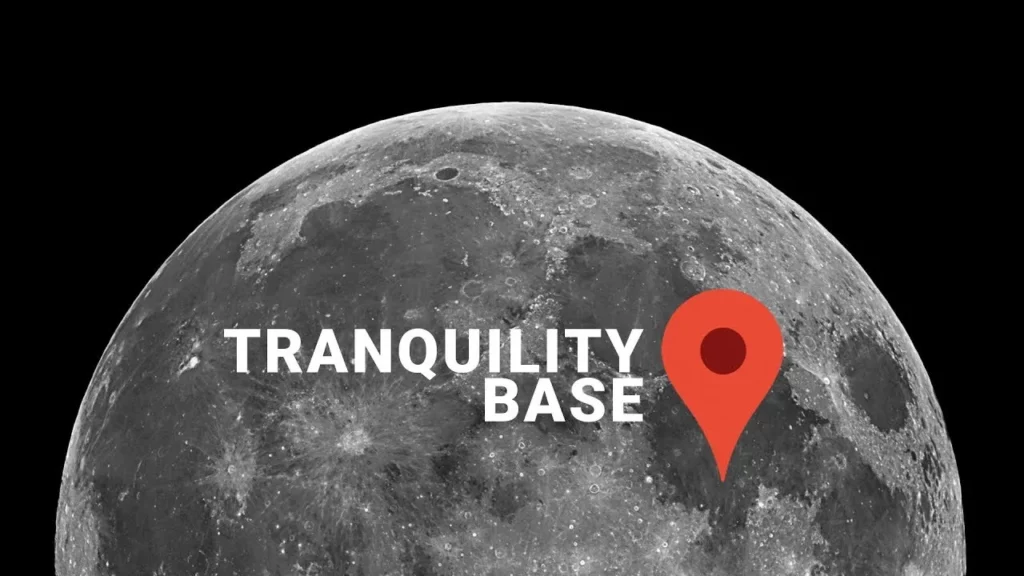
The lesson explores the history and process of naming places on the Moon, highlighting how names like “Tranquility Base” were established and the role of the International Astronomical Union (IAU) in formalizing these names. It traces the origins of lunar mapping from Galileo’s early drawings to the naming conventions adopted by astronomers, emphasizing that names often honor significant figures in science and exploration. The lesson concludes by suggesting that as space travel becomes more common, these lunar names may gain recognition similar to major cities on Earth.
Why hasn’t SpaceX’s Falcon Heavy flown much?
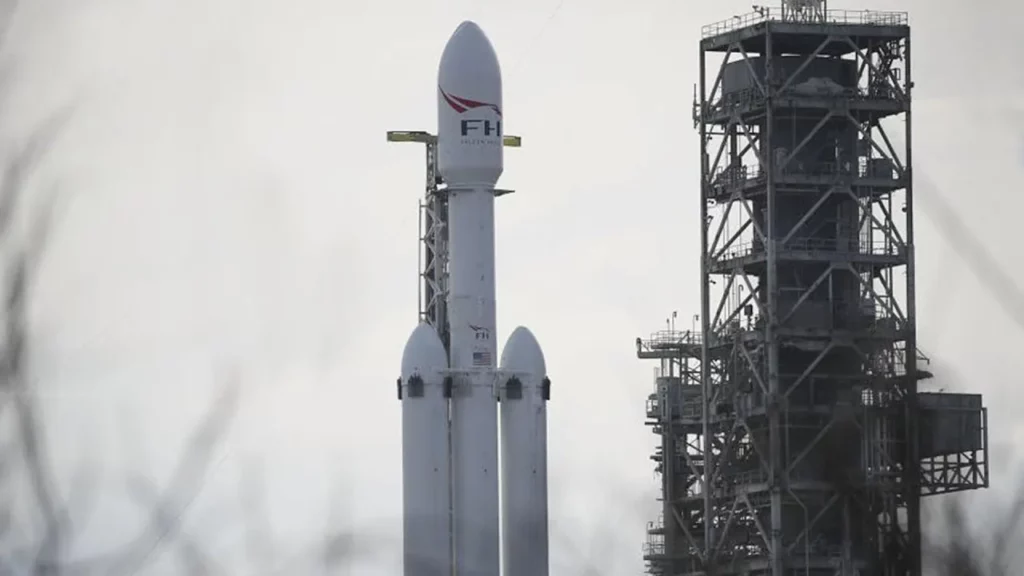
The lesson discusses the reasons behind the limited flight frequency of SpaceX’s Falcon Heavy rocket since its successful debut in February 2018. Despite its impressive capabilities and initial excitement, delays arose from developmental challenges, prioritization of the Falcon 9, and a mismatch between the heavy-lift rocket’s capacity and market demand for satellite launches. Looking ahead, SpaceX plans to resume Falcon Heavy missions, highlighting its potential for future success in the space industry.
Why don’t rockets have adverts on them?
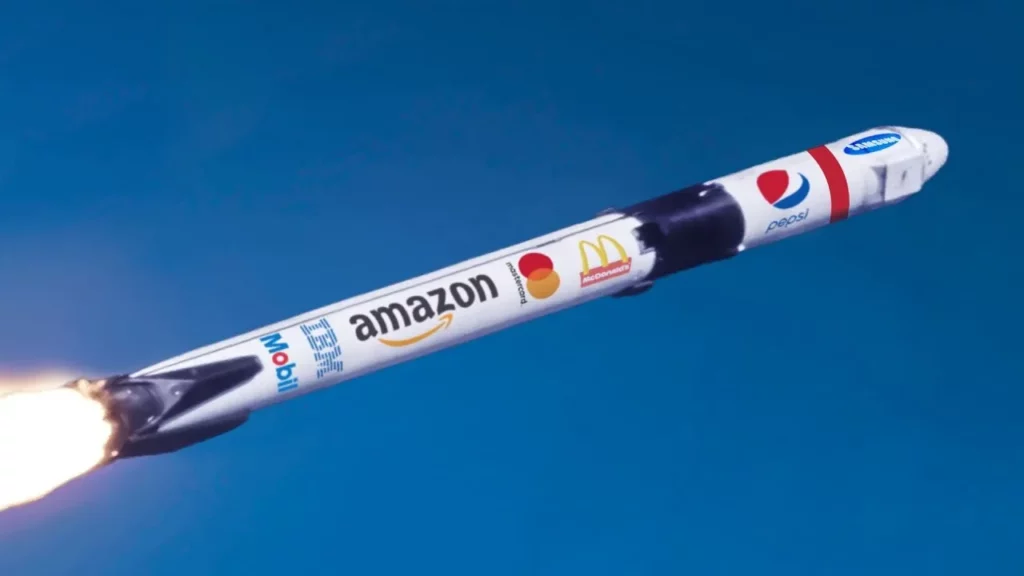
The lesson discusses the rarity of advertisements on rockets, highlighting a unique case in 2000 when a Russian rocket featured a pizza logo as part of an advertising campaign. While space missions attract large audiences, strict regulations from NASA and the relatively low potential profits from advertising have limited its prevalence. However, with the rise of private space companies, the landscape may change, potentially leading to more visible sponsorships in the future.